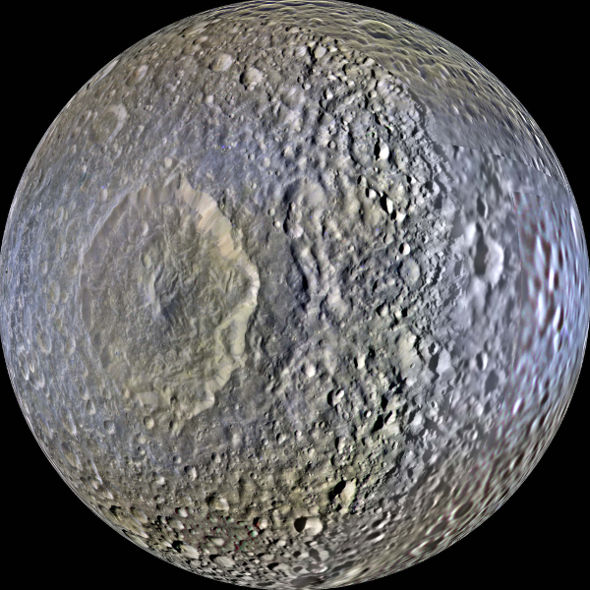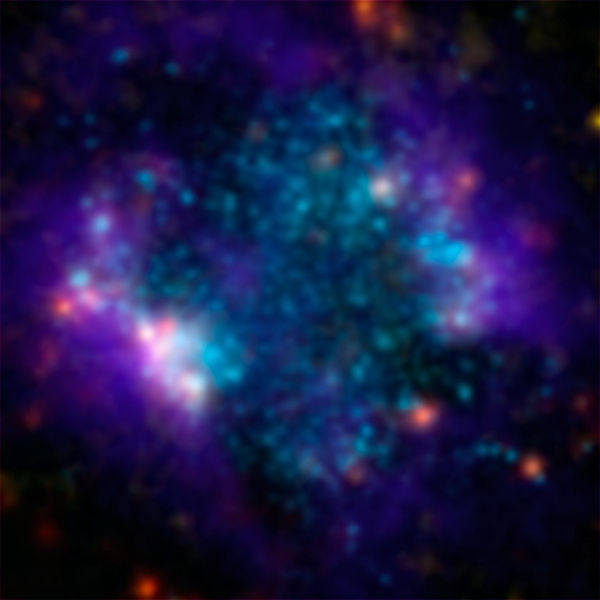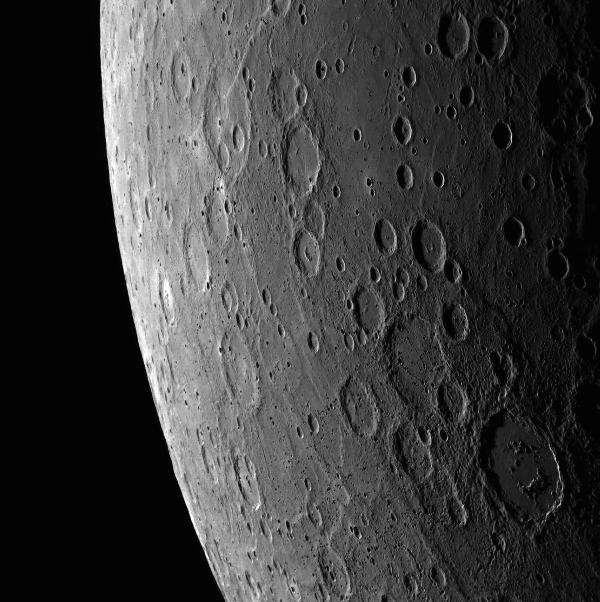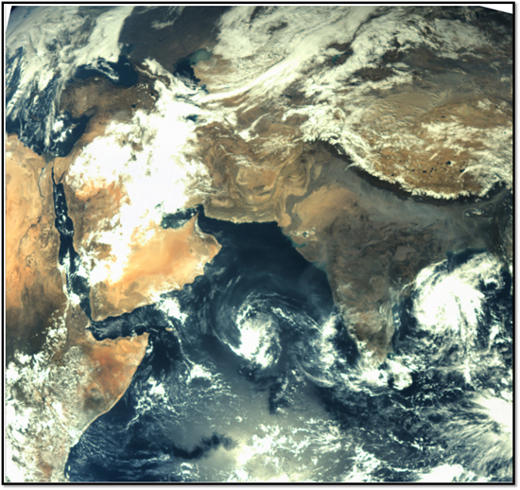
The MRO was checking out what is believed to have been the planned landing site of the failed Soviet Mars Lander 3 mission. This probe was meant to land on Mars in 1971 but went silent after its crash (landing) as its descent stage is believed to have malfunctioned. Mars Lander 2 was successful with its soft landing but malfunctioned shortly after. The HiRISE system took this image to try and help find the location of the Mars Lander 2 and 3 probes or what may still be left of them as debris fields.



